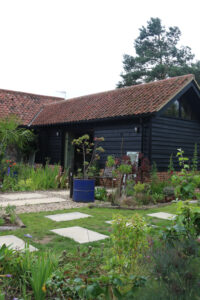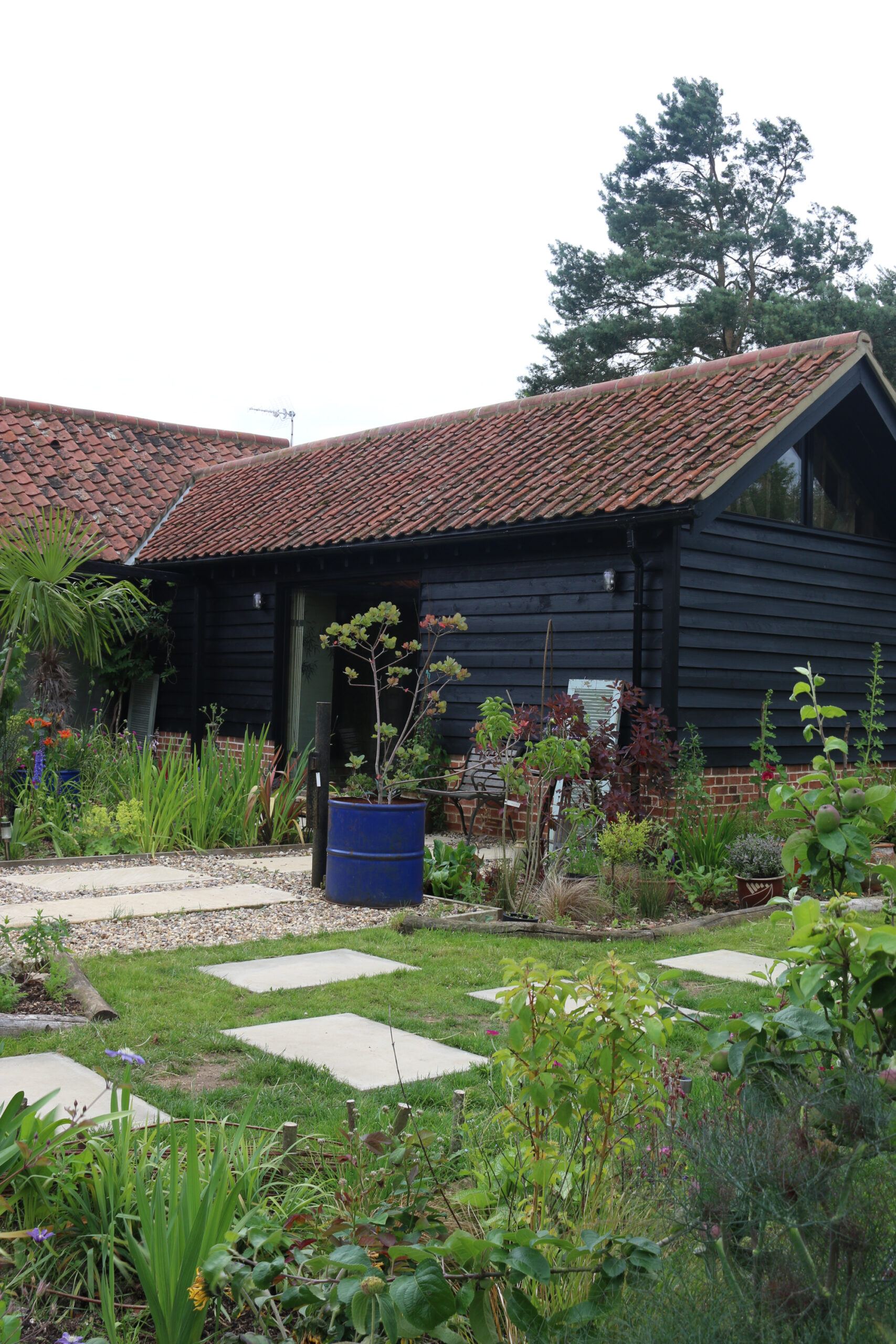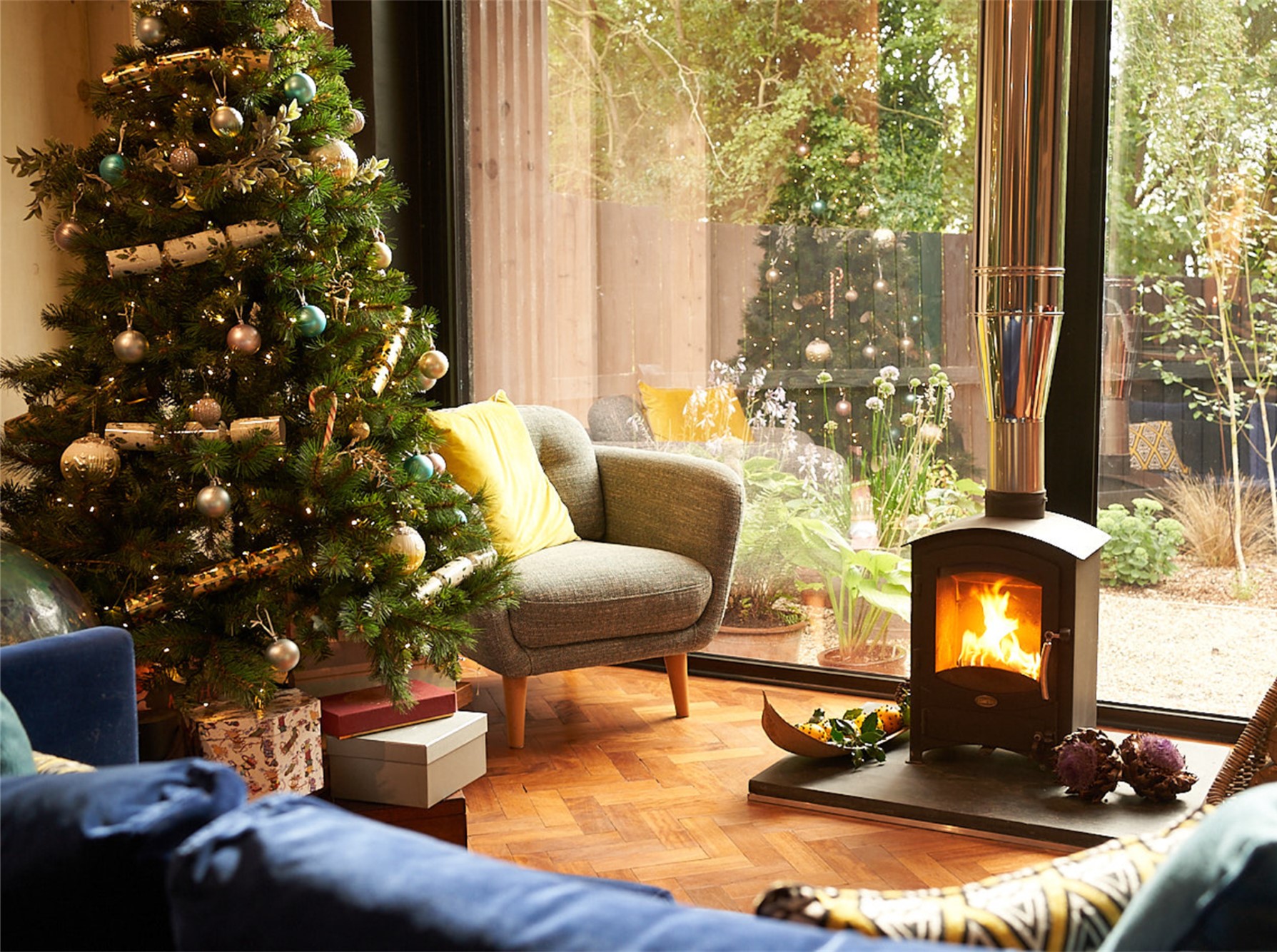I’m just about to start planning my office (did you catch my blog post on the ergonomics of working from home?) so I’ve been doing my research into what makes a good workspace. Earlier this week I shared some photos of the offices of my favourite bloggers and now I’m taking inspiration from creative professionals in order to identify what I need (and don’t need!) to make my home studio a productive space to work.
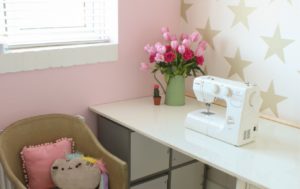
A 2014 report commissioned by the Nordic Council of Ministers found that our physical surroundings can have a huge impact on how much work we get done. And this was the same in all four countries assessed (Denmark, Finland, Sweden and Norway if you were curious). Consequently, it is fair to say that our working environment can have a dramatic effect on our mood. In order to ensure that your own office area sparks your creativity, here are the two things you need for a beautiful workspace.
1. Natural light and plants
Whether you’re looking to create the grandeur of a Victorian study or to relax in a sleek, modern home office, studies suggest that a workspace should always have natural light and plants. Plants increase the level of oxygen in a workspace whilst natural light is instrumental in allowing people to think with a clear head. An example of a workspace that makes excellent use of natural light comes from the creator of cult show Mad Men.
Have a look at Mad Men creator Matthew Weiner’s home office here
The glass exterior of Matthew Weiner’s home office is closer to the stained glass windows of the Notre Dame than the meek prison cell window we have come to expect from the home study. He agrees with the benefits of natural light – “The light is what I like most about working in here. I need a good dose of light; that’s partly why I’ve flourished in Los Angeles. It ignites my creativity. I’m not going to lie, I’ve spent time just watching dust particles float in the air, but even on a cloudy day, it’s bright in here. You cannot be sad in this room.”
Have a look at Jackson Pollock’s chaotic art studio here
2. Organised chaos
To prevent creativity and inspiration from being stifled within the confines of the home, you should strive to create an environment of organised chaos. A study from Psychological Science found that clutter can in fact, be the catalyst for creativity: ‘participants in a disorderly room were more creative than participants in an orderly room.’ An example of someone who embraced clutter is Jackson Pollock. His workspace was almost as chaotic as his work.
Perhaps his work was an artistic manifestation of his physical surroundings? Note the striking similarity between the organised chaos of his art itself and the structure of his studio. Maybe Pollock’s painting No. 5 might never have been valued at $140,000,000 if he hadn’t had a chaotic workspace that fostered his own creativity? Maybe, maybe not? Just food for thought.
As you have seen you don’t need to be an artistic genius like Jackson Pollock to create an innovative and inspirational workspace, you just need to invest in some plants and make sure you have access to loads of natural light. Well, that’s what I’m taking away from this research anyway! Let me know what you think makes a good working environment by leaving me a comment below. And I’ll be sure to share any more home office developments with you over the coming weeks – watch this space!
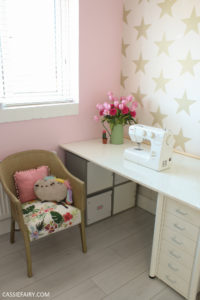
This blog post is an advertisement feature that has been written in collaboration with a sponsor. The pink links in this post indicate a sponsored link 🙂
















